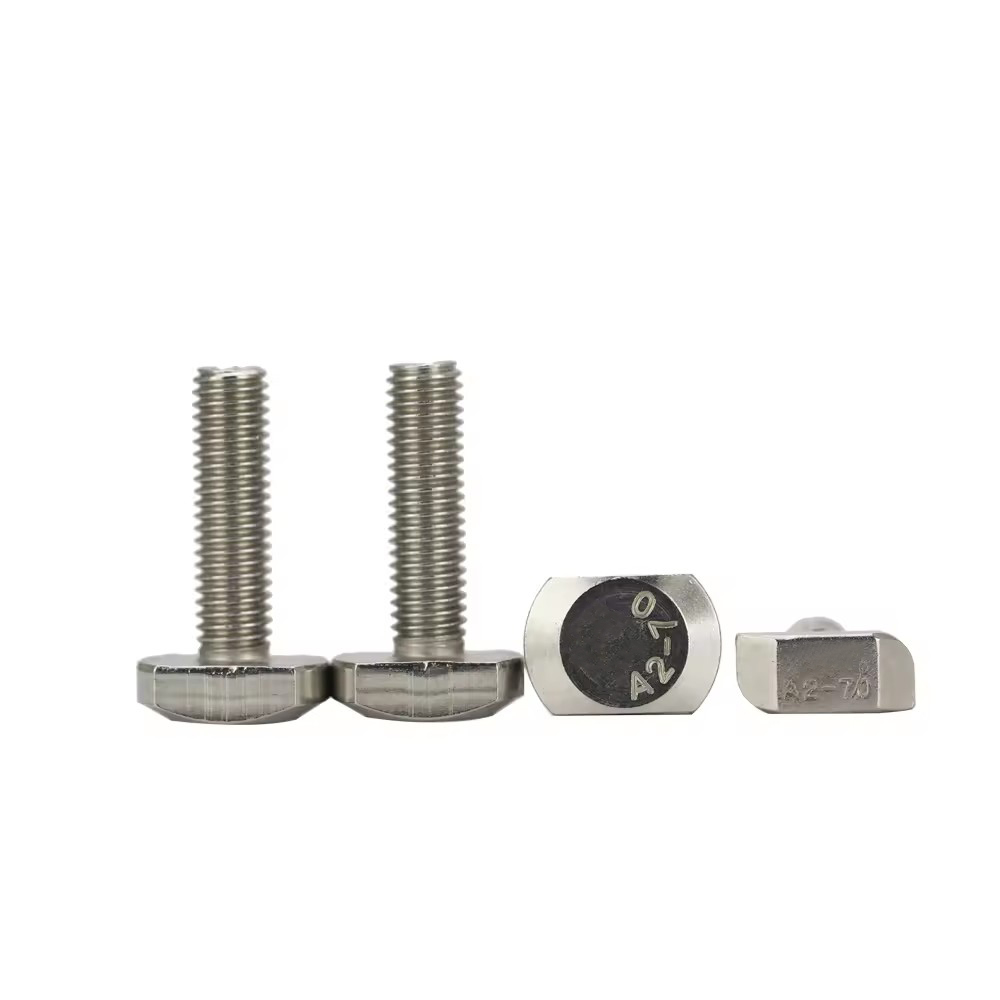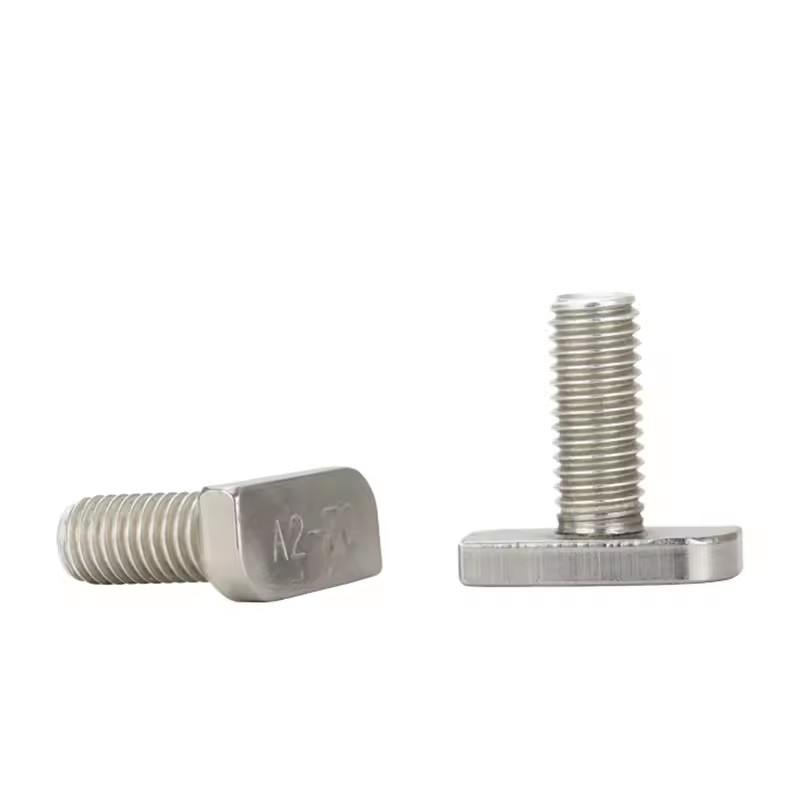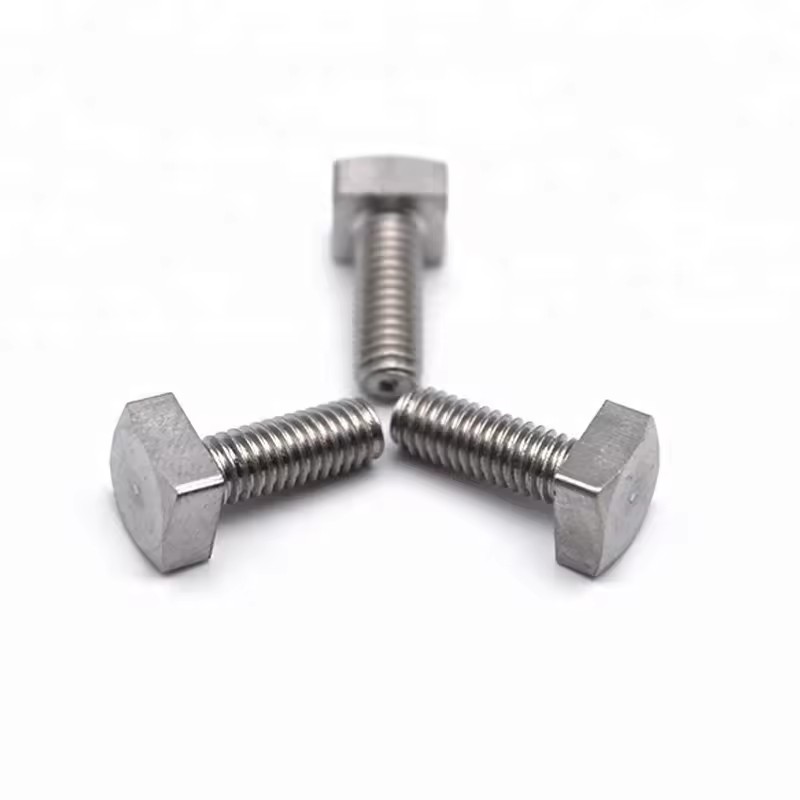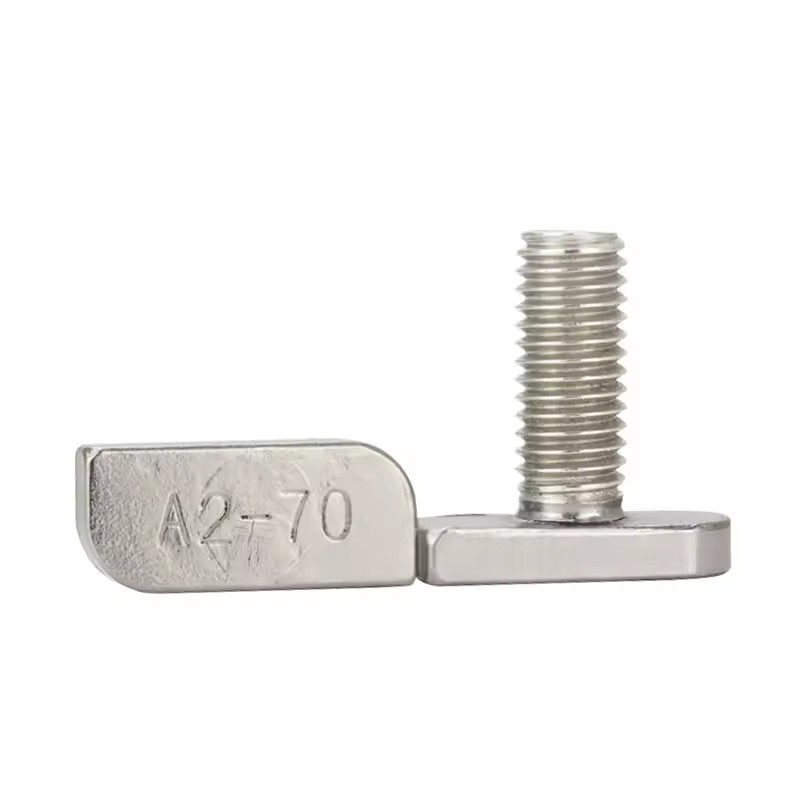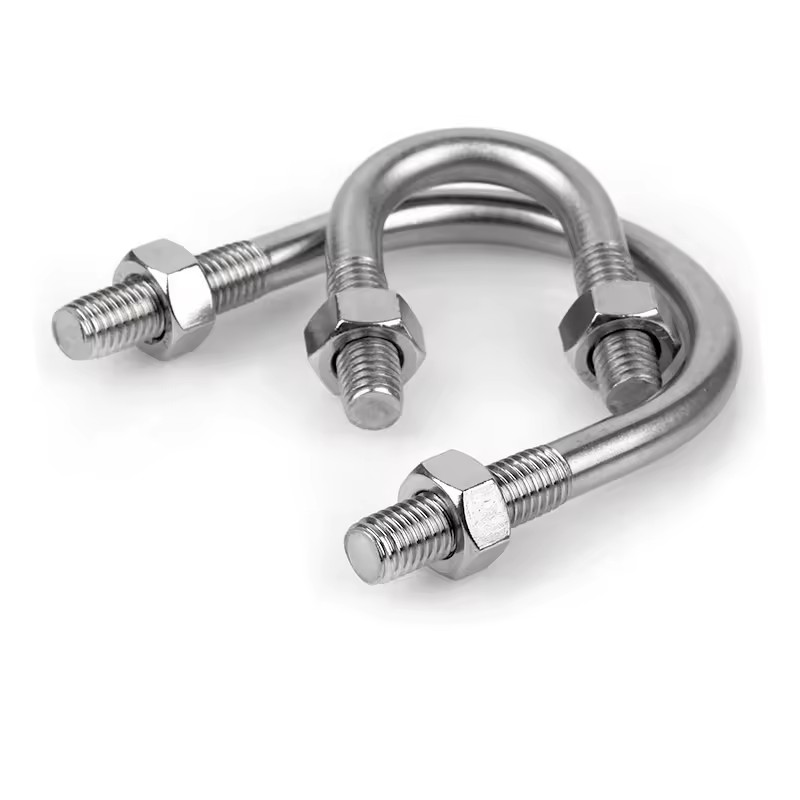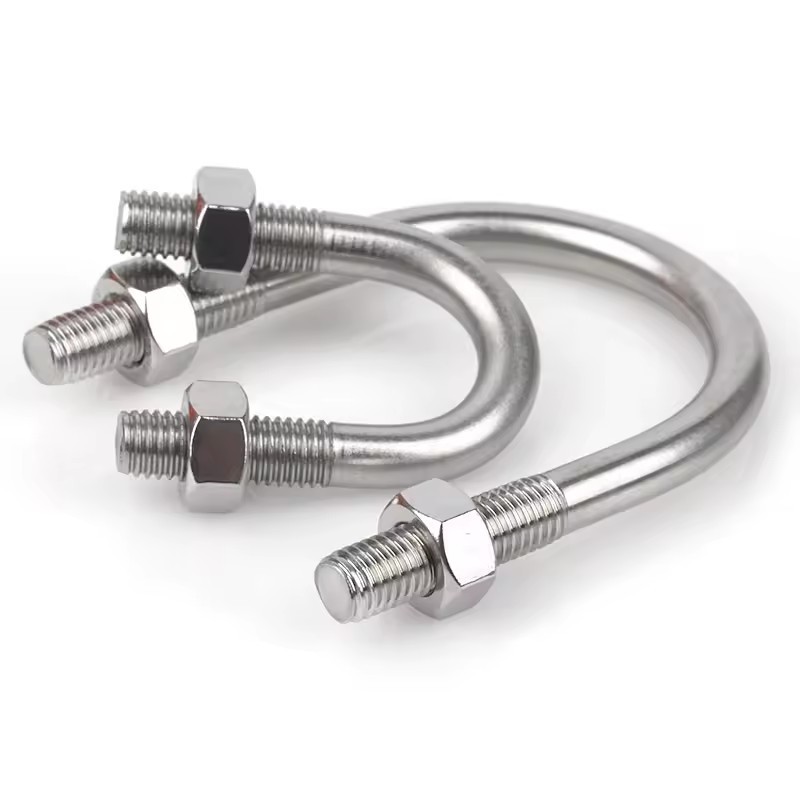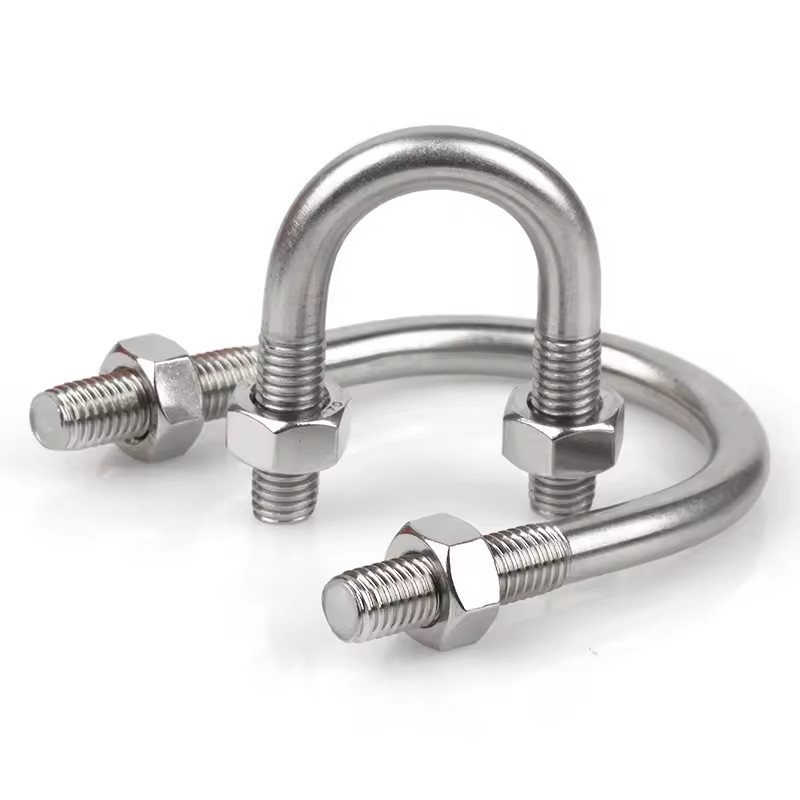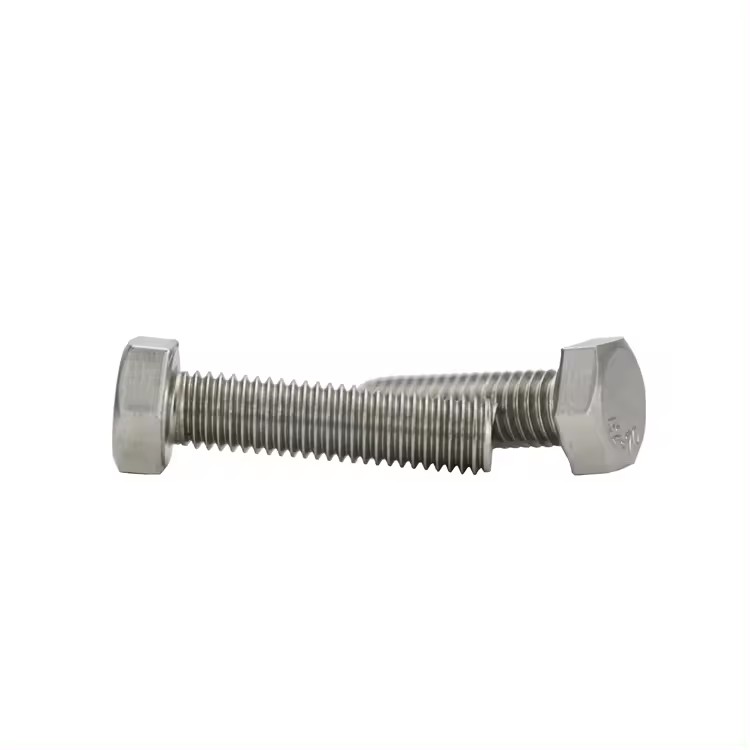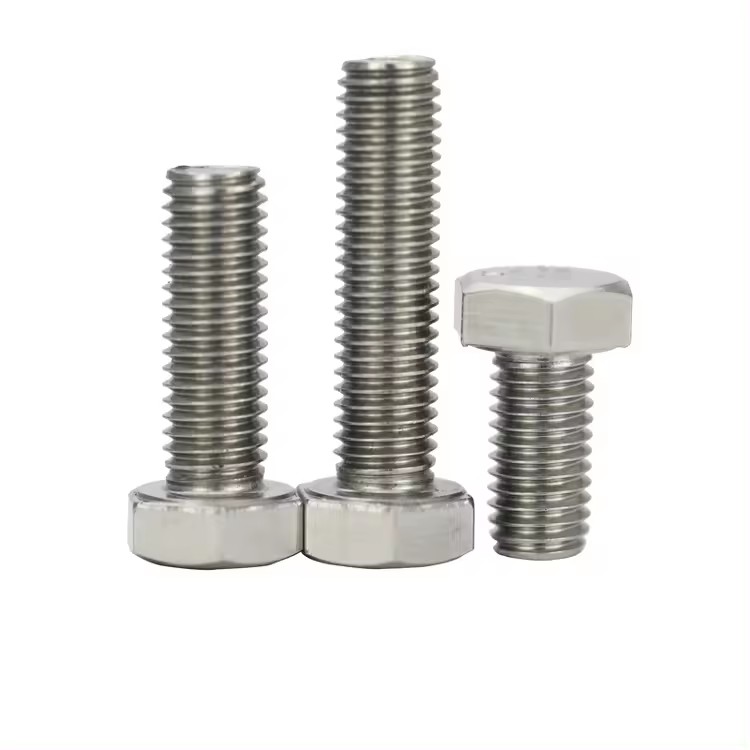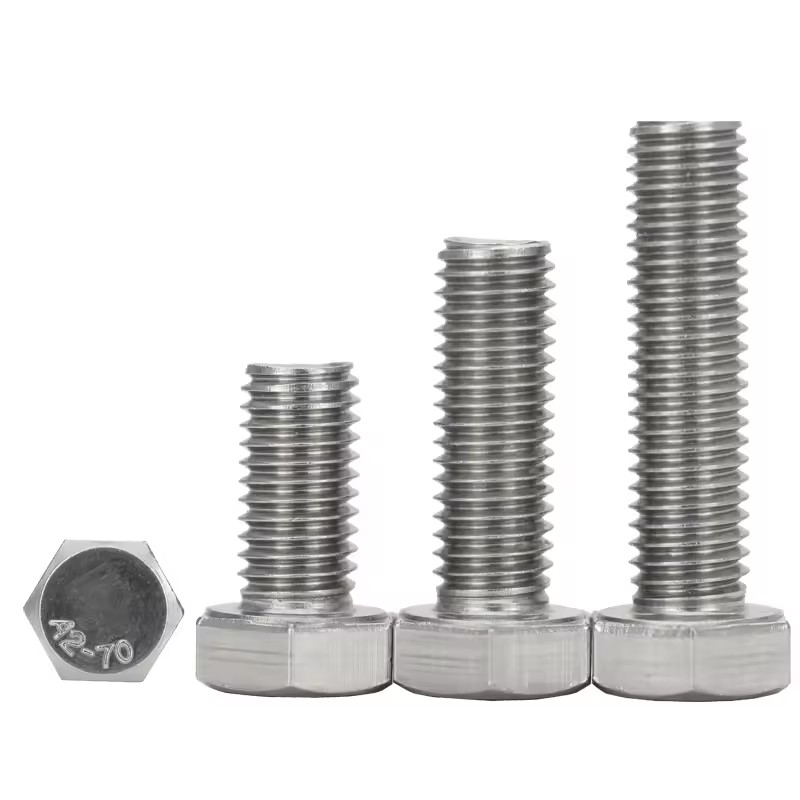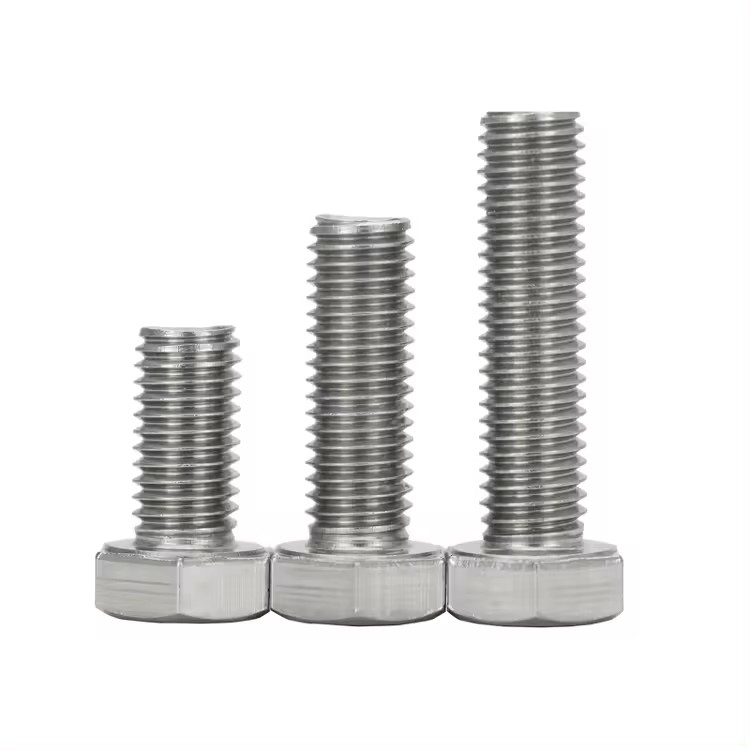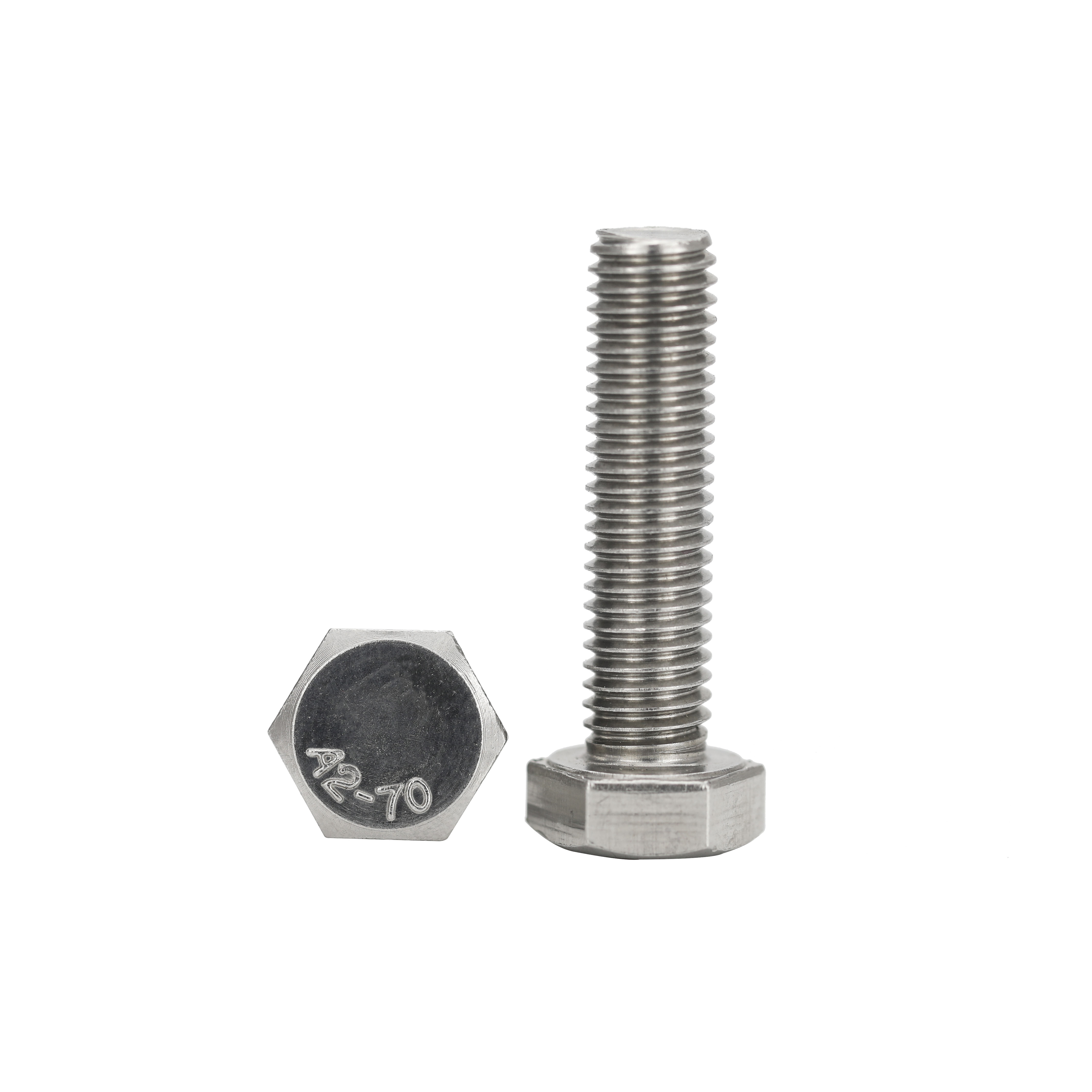In the world of fasteners, screws are an essential tool for joining materials securely. Among the various types, self-tapping screws stand out for their unique ability to create threads as they are driven into materials. Understanding how self-tapping screws differ from regular screws is crucial for anyone involved in construction, woodworking, metalworking, or general repair projects.
What Are Regular Screws?
Regular screws, often referred to as conventional screws, are designed to be used with pre-threaded holes or with materials that have been prepared with pilot holes. They typically require an existing thread or a nut to engage with, depending on the type of material and application. Regular screws come in various head styles, lengths, diameters, and materials, offering versatility for different construction and assembly tasks.
One of the primary characteristics of regular screws is that they do not form threads on their own. This means that in materials like metal, plastic, or hardwood, a pilot hole or pre-tapped thread is generally necessary for proper installation. Regular screws are often chosen for applications where precision is critical, and the material’s integrity must be preserved.
Advantages of Regular Screws
Regular screws offer several benefits. They provide high holding power when used with nuts or pre-threaded holes. Because they rely on existing threads, there is less risk of damaging the surrounding material during installation. Additionally, regular screws are widely available and come in numerous sizes and finishes, making them suitable for a variety of applications.
However, the reliance on pre-existing threads or pilot holes also limits their versatility. Installation can take longer since preparation of the material is often necessary, and in some cases, additional hardware such as washers or nuts may be required.
What Are Self-Tapping Screws?
Self-tapping screws are fasteners designed to cut or form threads directly into the material as they are driven in. They can be used in a wide range of materials, including metal, plastic, and wood, without the need for pre-threaded holes in many applications. The ability to create threads as they are installed makes them particularly convenient for quick assembly and repair tasks.
Self-tapping screws are available in various types, including thread-cutting screws and thread-forming screws. Thread-cutting screws are designed to cut a mating thread into the material, often using a sharp tip or flute to remove material and create a precise thread. Thread-forming screws, on the other hand, displace material rather than removing it, creating a strong thread through compression.
Advantages of Self-Tapping Screws
The primary advantage of self-tapping screws is their efficiency. Since they can create threads as they are installed, they reduce preparation time and simplify the assembly process. They are ideal for situations where speed and ease of use are priorities, such as in production lines, home repairs, or temporary constructions.
Additionally, self-tapping screws provide strong holding power in a wide range of materials. They can also reduce the need for additional hardware, such as nuts, in some applications. Modern self-tapping screws often come with specialized coatings to prevent corrosion, making them suitable for outdoor and high-moisture environments.
Key Differences Between Self-Tapping Screws and Regular Screws
While both types of screws serve the fundamental purpose of fastening materials, several distinctions set self-tapping screws apart from regular screws. Understanding these differences can help in choosing the right fastener for a specific application.
Thread Formation
The most significant difference lies in thread formation. Self-tapping screws can form threads in the material during installation. Regular screws, in contrast, require pre-threaded holes or nuts to engage the threads. This difference affects the installation process, material compatibility, and overall convenience.
Installation Requirements
Regular screws typically need pilot holes, pre-threaded holes, or nuts. Self-tapping screws often eliminate the need for pilot holes, although in harder materials a small pilot hole may still be recommended to reduce stress and prevent cracking. This makes self-tapping screws more versatile and faster to install.
Material Compatibility
Self-tapping screws are suitable for a wide range of materials, including thin metals, plastics, and softwoods. They are particularly useful for materials where creating a pre-threaded hole is difficult or impractical. Regular screws work best in materials where threads already exist or where nuts can be used to secure the fastener.
Holding Strength
Regular screws often provide stronger holding power when used with nuts or pre-threaded holes, especially in high-stress applications. Self-tapping screws are strong but may be less ideal for extremely heavy loads unless specific thread-forming designs are used. Selecting the correct type of screw for the material and load requirements is essential.
Versatility
Self-tapping screws are generally more versatile for on-the-spot repairs and assembly because they reduce preparation work. Regular screws require careful planning, measurement, and sometimes additional hardware, making them less flexible for rapid installation.
Risk of Material Damage
Since self-tapping screws cut or form threads directly in the material, there is a potential risk of cracking or stripping, particularly in brittle materials or if excessive torque is applied. Regular screws are less likely to cause damage because they rely on existing threads, distributing stress more evenly.
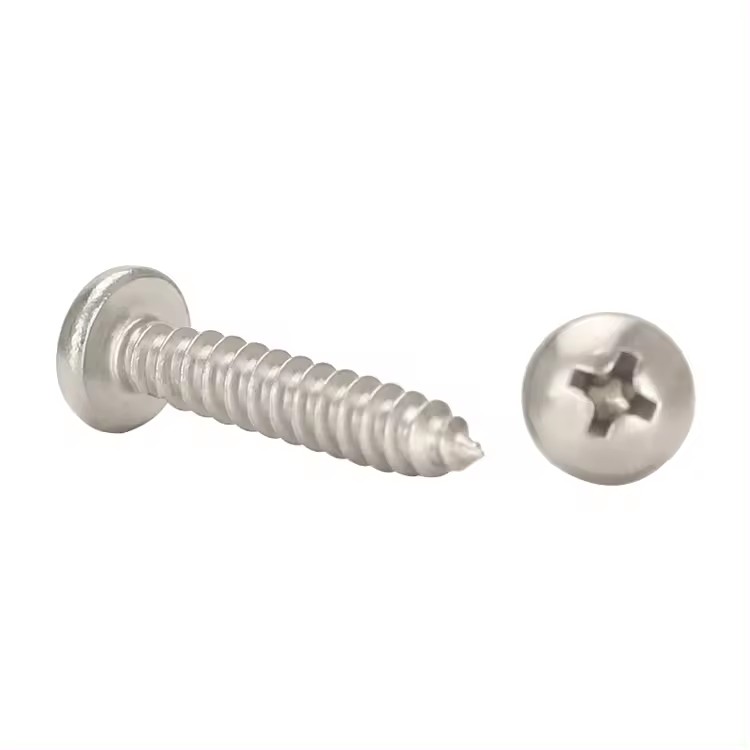
Common Applications of Self-Tapping Screws
Self-tapping screws are widely used across industries and applications:
- Construction: Attaching metal sheets, roofing panels, or drywall.
- Automotive: Fastening panels, trims, and components where speed and reliability are essential.
- Electronics: Securing plastic casings, circuit boards, and other delicate components.
- Furniture Assembly: Joining wood or composite panels quickly without pre-drilling.
- DIY Projects: Home repairs and projects where convenience and efficiency are priorities.
Common Applications of Regular Screws
Regular screws remain the preferred choice for applications where structural integrity and precision are critical:
- Heavy Machinery: Fastening components where high loads are expected.
- Woodworking: Fine furniture and cabinetry that require precise joinery.
- Mechanical Assemblies: Situations where nuts and bolts are part of the design.
- Construction Projects: Pre-threaded connections in steel or concrete structures.
- Electronics and Appliances: Cases where controlled torque is necessary to avoid damaging sensitive components.
Choosing Between Self-Tapping and Regular Screws
Selecting the appropriate screw depends on several factors, including the material, load requirements, speed of installation, and environmental conditions. Consider the following:
- Material Type: Use self-tapping screws for thin metal, plastic, or wood that cannot easily accommodate pre-threaded holes. Use regular screws for heavy materials or where pre-threaded holes exist.
- Load Requirements: For applications requiring maximum holding strength, regular screws with pre-threaded holes or nuts may be preferable.
- Installation Speed: Self-tapping screws reduce preparation time and simplify assembly, making them ideal for rapid projects.
- Environmental Conditions: Corrosion-resistant coatings on self-tapping screws make them suitable for outdoor use, but high-stress applications may still benefit from regular screws.
- Precision: Regular screws provide more predictable torque and thread engagement, which can be critical in certain engineering applications.
Best Practices for Using Self-Tapping Screws
- Select the Correct Type: Determine whether a thread-cutting or thread-forming screw is appropriate for the material.
- Use Pilot Holes When Necessary: In harder materials, small pilot holes can prevent cracking and reduce installation torque.
- Apply Proper Torque: Avoid overtightening, which can strip threads or damage the material.
- Consider Material Coatings: Choose screws with protective coatings for corrosion resistance in outdoor or high-moisture environments.
- Match Screw Length and Diameter: Ensure the screw is long enough to provide a secure hold but not so long that it penetrates through the material unnecessarily.
Conclusion
Understanding the differences between self-tapping screws and regular screws is essential for selecting the right fastener for any project. Self-tapping screws offer convenience, speed, and versatility by creating threads during installation, making them ideal for many applications in construction, automotive work, and DIY projects. Regular screws, meanwhile, provide reliable holding power and precision when pre-threaded holes or nuts are used.
By considering factors such as material, load requirements, installation speed, and environmental conditions, users can make informed decisions to ensure secure and lasting connections. Proper selection and installation techniques will maximize the performance of both self-tapping and regular screws, helping to achieve professional results in any project.


